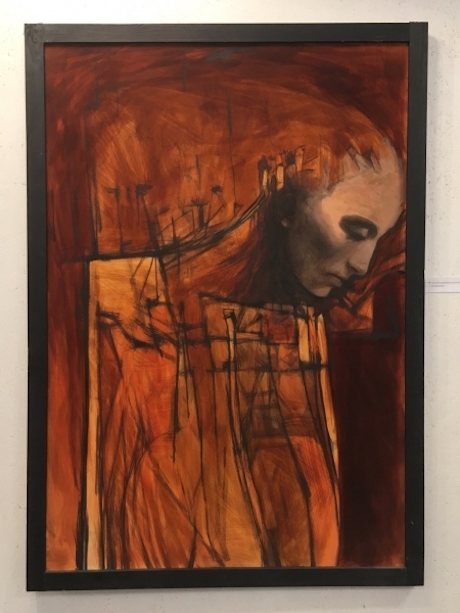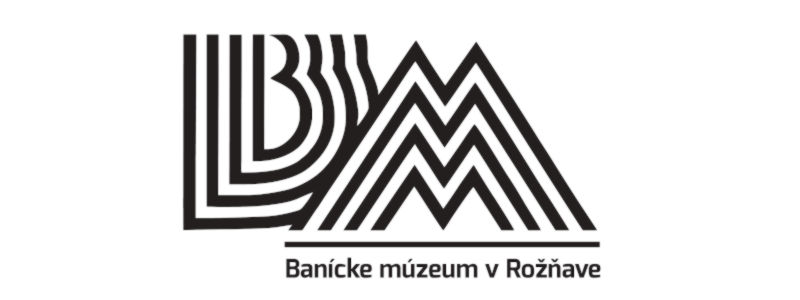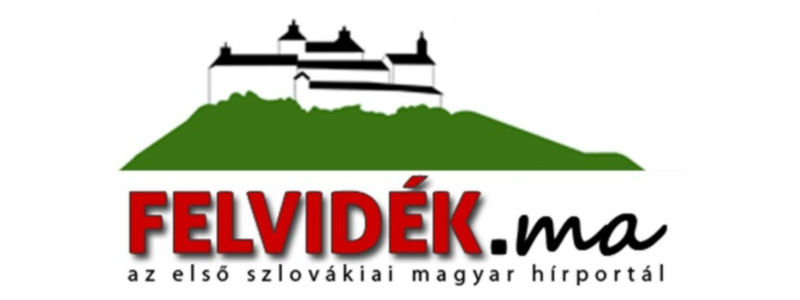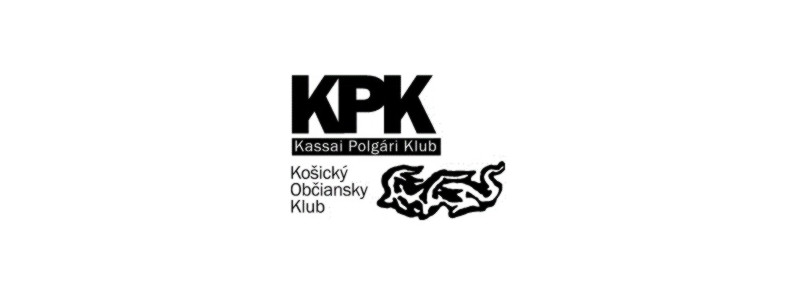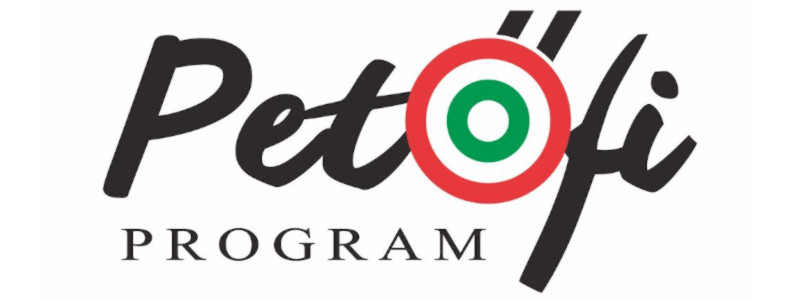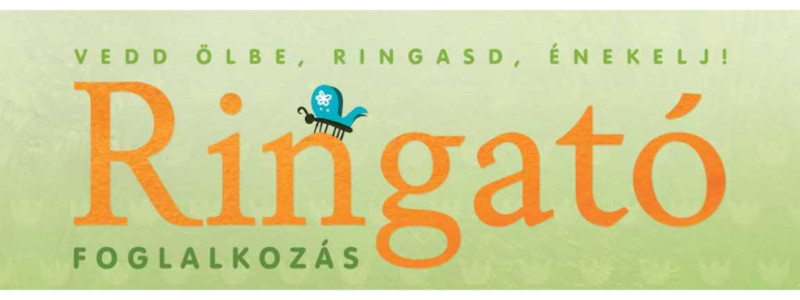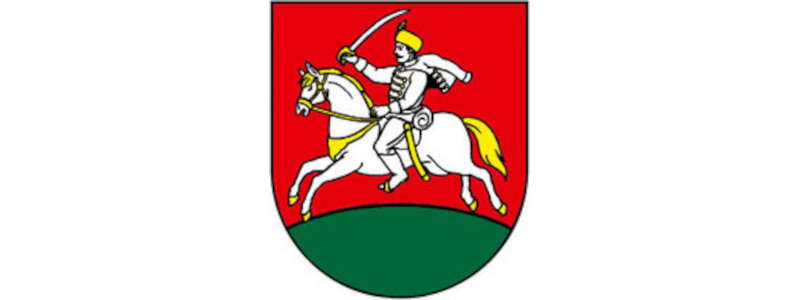Written by Kovács Ágnes
Translated by Zoltán Bartko
MaJel Rovás Centre, FiguratiF Gallery, Alžbetina 42 Košice, Slovakia
22 January 2019 - 15 February 2019
His brand new works have one thing in common: they are exhibited as imprimaturas, his older images have more layers, while the "old" paintings are veterans, with thick layers of paint, their backgrounds form a world split by a multitude of lines.
Ladies and gentlemen, dear friends!
I am very glad to welcome all of you at our today′s exhibition opening in the name and on behalf of Rovás. The exhibiting artist is an unknown acquaintance - as he put it in one of the exhibition titles - Ottó Szabó, chairman of Rovás. Please, give him a warm welcome.
The title of the exhibition we came to open is Howl. It has nothing in common with Allen Ginsberg′s famous book; even though he read it once and it surely influenced somehow the development of his ego. It is related rather to the things that the Hungarian poet Attila József considered to be very painful, the torture that led the Hungarian poet Ady to form the helpless anger into a "graceful message of dismissal" and led our artist to form the Howl from paralysed despair.
As far as the art of Ottó Szabó is concerned, the meaning of his pictures is beyond the first impression, the immediate perception. The message lays deeper, often in the background or it floats between the foreground and the background.
It is a typical feature of his to process his emotions and interpretations; he tends to develop his open compositions all of a sudden, he adds something new to his images before each exhibition and invites the viewer to a joint session of philosophy.
His brand new works have one thing in common: they are exhibited as imprimaturas, his older images have more layers, while the "old" paintings are veterans, with thick layers of paint, their backgrounds form a world split by a multitude of lines.
As it is also the case of Chinese characters, the compositions of Ottó Szabó consist of two (or more) elements: the phonetic one, expressing how to pronounce the character and the meaning. His phonetic elements are visually readable - this is the thing immediately visible, the thing that makes one stop in front of his paintings, drawings, sculptures, spatial installations - his works.
The semantic part is deeper; the interpretation leading to it is often helped by a drawing-like mediating line pattern, the "referencing element", as the artist likes to call it. The viewer, who stops in front of the work becomes a recipient when (s)he recognizes all of this. It often happens that the semantic part of some works appears to the viewer only years later. (S)he sticks at the view - the phonetic part in Ottó Szabó′s works is a really aesthetic one.
The phonetic part is figurative - it can evoke a impression in a twinkling of an eye. The artist is absolutely familiar with the technique of oil painting, the composition of his works starts from the darker tones to the lighter ones; he never processes the components of the phonetic part to perfection - these get assembled in the mind of the viewer, thus he pushes the viewer to finish the details of the visuals.
The semantic part invite the recipient to a philosophic contemplation - viewers have no clue about the content, they may only suspect its existence, only recipients are eligible to this. The semantic part is a result of a certain update: he analyses and processes the thrownness as defined by Heidegger, the eternal anxiety and sense of guilt, as laid down by Kierkegaard - their philosophy received an update from the relationships, events causes and effects of today.
Yes, update, this is the right word. Kierkegaard and Heidegger are only programs running on the "hardware" of the artist, helping him to process the perceptions and emotions, just as Adobe Creative Suite helps the graphic designers.
Ottó Szabó describes comments and lessons learned in the language of fine art - the design language of his art became unique due to the studies of Chinese calligraphy - Shu Fa. This resulted in his own style, his works are recognisable also to those, who came across his works only once or twice.




